We may earn commissions when you buy from links on our site. Why you can trust us.
Review: Sony's New CRE-C20 Are the Best OTC Hearing Aids I've Tested
My biggest complaint about Sony’s first OTC hearing aids, the CRE-C10, made in partnership with Danish hearing aid maker WS Audiology, was the in-ear buds being powered by annoying and tiny single-use hearing aid batteries.
Apparently, I wasn’t the only C10 single-use battery complainer. A Sony spokesperson told me that the single-use battery issue was something “that we got a lot of feedback on.”
Read more: Sony CRE-C10 OTC Hearing Aids Deliver Great Sound with One Flaw
Problem solved for Sony’s second generation CRE-C20 ($999.99). For the same price, you now get the same discrete, nearly invisible in-ear ergonomics and the same loud, natural sound as the C10, only in a rechargeable model that provides up to a massive 28 hours of continual usage on a single charge.
I've been testing OTC hearing aids since the first products hit the market in late 2022. Based on my experience and weeks of testing, the Sony C20's single, substantial rechargeable battery upgrade and subtly enhanced speech clarity make it the best-sounding, self-fitting, non-Bluetooth OTC hearing aids available.
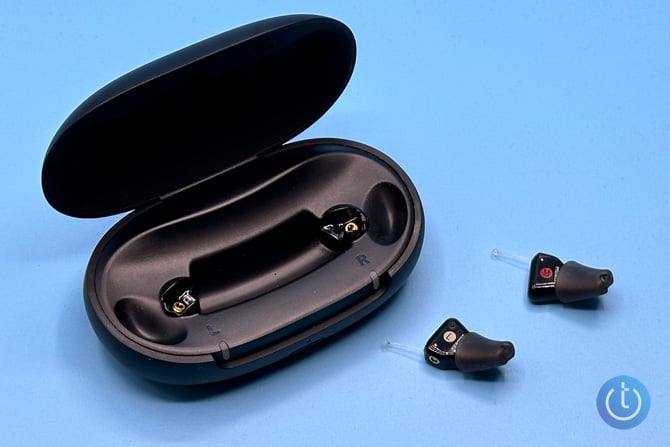
| + Pros | – Cons | ||
|
|
||
|
|||
Sony didn’t fix what wasn’t broken physically. The small (18mm long), light (1 gram) dorsal fin-shaped C20 buds are essentially identical to the C10, save the latter’s slide-open battery compartments, with a short tendril to help extract them from your ears. You also still get eight varied-sized oval ear tips that are easier to slip on and off than their predecessors.
As noted, the C20 are priced at $999.99, the same as the C10. However, without the C10’s ongoing cost of batteries, the C20 can be considered less expensive. If you’d rather go with the single-use battery C10, Sony has discounted them to $799.99 and also lowered the price of its Bluetooth CRE-E10 to $1,099.99, which may be an indication that an E20 is pending.
Back to the C20. Its battery life of up to 28 hours is just remarkable. All other in-ear OTC self-fitting rechargeable hearing aids I’ve tested, most significantly the more similar but more expensive Eargo models, usually top out at around 16 hours at best, which means you may need a short recharge at the end of a long day. In other words, the C20 are a true all-day hearing aid. Of course, the case provides up to at least two full recharges, so 84 hours of hearing sans AC refill, making them fine for a long weekend getaway.
Read more: Sennheiser All-Day Clear - High-Quality Sound with a Catch
The C20 oval carry/charging case measures 1.75 x 3.25 x 1.25 inches, which makes it eminently pocketable. However, the buds sit on their thin edges on the case’s tiny charging spots, so they must be placed carefully to ensure they’re charging.
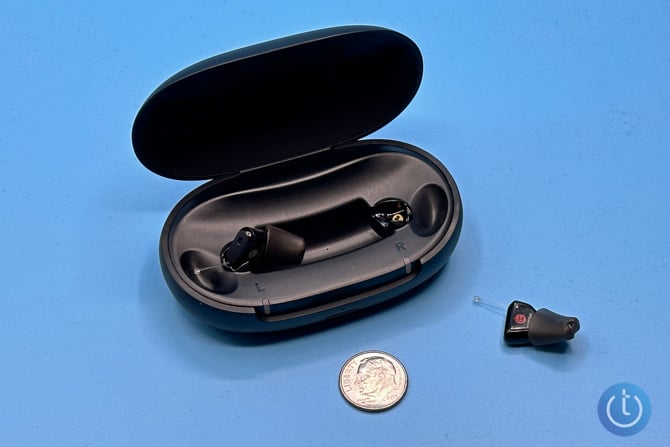
Set-up and ergonomics
As with all self-fitting buds, the Sony Hearing Control app (available for both iOS and Android) includes a self-conducted hearing test. The 10-minute test sets hearing profiles for each of your ears.
As with most self-fitting hearing aids, choose a tip that fits comfortably but doesn’t seal your ear canal – they sound best with amplified sound mixed with ambient sound. The right-sized tip will also reduce the feedback squeal that high-pitched sounds can yield at higher volumes.
One fitting caveat: Unlike the Eargos, which can sit on the edge of your ear canal, the C20 buds need to be slipped a bit deeper into your canals for optimal sound, a position that may be uncomfortable for some. And for me, at least, the wire extraction tendril was too short, and I often had to dig to get the buds out of my ears. Another eighth of an inch could solve the problem.
Read more: Our Review of the Eargo 7 All-Day Invisible OTC Hearing Aids
Sony’s Hearing Control app hasn’t changed much. You get two primary controls: a single volume slide bar that goes up to 15 and a sharpness slider that goes up to +7 for sharper sound to improve voices and dialog down to -8 for less sharpness.
Like the C10, the whole idea behind the relatively simple app controls is to not worry about the C20 once they’re in your ears, but I miss the more expansive and precise hearing focus controls available for the Bluetooth E10.
Read more: Our Review of the Sony CRE-E10 Bluetooth OTC Hearing Aids
To help newbies, Sony offers access to a dedicated OTC hearing aids customer support team, pre- or post-purchase, including a free 30-minute one-on-one phone session.
Audio performance
Like the C10, the C20 produces completely natural sound. Even though the buds need to be inserted a bit more deeply into the ear canals, you’ll soon forget you’re wearing them. On more than one occasion, I tried to slip in a pair of AirPods, forgetting I still had the C20 inserted – D’OH! And the C20s remained unnoticeably comfortable through an entire day.
Like the C10, I found the C20’s amplification more discriminating than other self-fitting hearing aids. Instead of boosting every sound equally and indiscriminately, the C20 seem to reduce the sound of more everyday ambient sounds, such as running water, creaking floors, keyboard clicking, light switches, etc., that really don’t need to be louder.
Sony says this background reduction is the result of another upgrade to the C20, a more efficient reduction of these ambient sounds while increasing the priority to speech clarity. This made it easier for me to better discern dialog in noisy environments, such as a restaurant or party, than other buds I’ve tested.
Hearing in noisy environments is also aided by the C20’s higher volume, far louder than the varying Eargo models, including the new “budget” Eargo SE ($1,690, currently discounted to $1,450) at similar volume settings. Plus, you don’t have to keep your phone’s volume at 75%-plus like you do the Eargos to get an adequate volume level.
On the two remote control sound settings: For volume, I found 5-7 the ideal compromise between loudness and feedback from high-pitched ambient sound, depending on the situation. Simply increasing sharpness to +2 on the sharpness control proved to be a boon to vocal clarification – for me. Your setting results, of course, will vary, but the two controls corrected a wider variety of hearing sins than I expected.
The bottom line
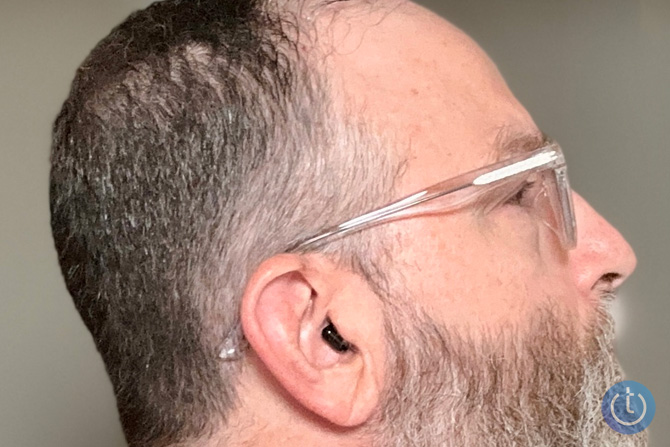
I couldn’t have been more thrilled to find out that Sony had eliminated the C10’s major pain point – making them rechargeable. I also was delighted that the C20 maintains the C10's high sound quality and discriminating high volume boosting.
Of course, the C20’s lack of Bluetooth limits their functionality and make them less of a value compared to similarly priced rest-in-canal (RIC, the hearing aids with the battery/controls behind the ear) models, like my pick, the Sennheiser All-Day Clear ($999), that include Bluetooth for at least hands-free phone calling. But the C20s can, of course, be worn under Bluetooth over-the-ear headphones or quickly replaced with standard Bluetooth earbuds for music listening.
For folks with mild but especially moderate hearing loss embarrassed to be seen wearing hearing aids, the discrete Sony CRE-C20 ($999) represent the best self-fitting non-Bluetooth hearing aid performance and value currently available.
[Image credit: Stewart Wolpin/Techlicious]
Stewart Wolpin has been writing about consumer electronics for more than 35 years, including news, reviews, analysis and history, and has attended and covered nearly 50 Consumer Electronic Shows and around a dozen IFA shows in Berlin. For the Consumer Technology Association (CTA), he is an elector for and writes the official biographies of the annual CT Hall of Fame inductees, and is the keeper of the industry’s official history.




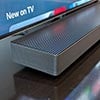

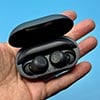


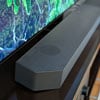

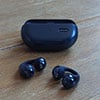


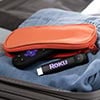
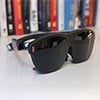

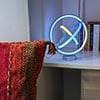

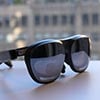

From Jonathan on November 12, 2024 :: 1:53 pm
I’ve had the C10 for about a year & I’m quite happy with them. I wouldn’t trade them for a rechargeable version. I prefer replaceable batteries - they’re so small I can easily fit 2 sets in the carrying case. For me, that’s better than worrying about running out of juice in the middle of something and having to plug them in & wait. The batteries are so cheap that the extra cost is negligible. And they’re not hard to put in.
Reply